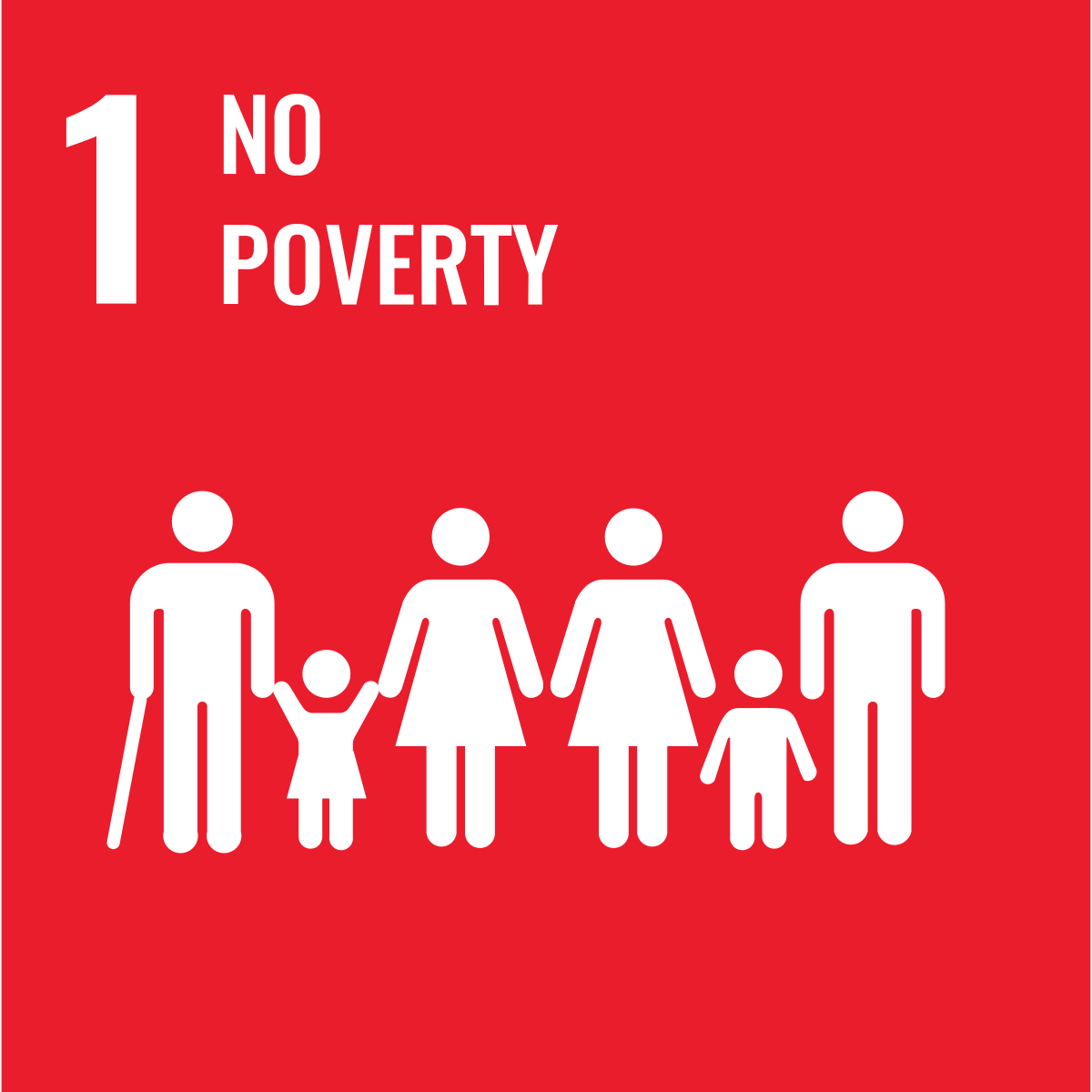Goal 1: No Poverty
|
According to the UN SDG website, Goal 1 calls for an end to poverty in all its manifestations by 2030. It also aims to ensure social protection for the poor and vulnerable, increase access to basic services and support people harmed by climate-related extreme events and other economic, social and environmental shocks and disasters. Examples on research from UCPH addressing Goal 1: |
|
Transitioning to Green Growth: Natural Resources in Nepal (TGG-N) |
|
|
Trade has the potential to drive the transition to a green economy by promoting sustainable resource use, generating employment, and contributing to poverty alleviation. However, the lack of empirically-based knowledge renders this transition difficult. This research project will investigate how the transition to green growth can be undertaken in the medicinal and aromatic plant (MAP) sector in Nepal. The sector involves millions of people and has potential to promote pro-poor employment and earnings as well as sustainable resource use. The project focuses on (i) identifying, describing and quantifying production networks for MAPs traded in and from Nepal to India and China, and (ii) identifying points of intervention that enhances job creation, increase earnings, and promote sustainable resource use. |
Collecting and drying Jatamansi at Lampata
Read more about TGG-N on the project website. Primary Sustainable Development Goals: 1 and 8 This text is redirected by The Secretariat for Development Cooperation at SCIENCE from Department of Food and Resource Economics.
|
Rights and Resilience in Kenya (RARE)The development objective of the RARE project is to ensure secure and peaceful access to land for climate change adaptation and thereby the resilience of all Kenyan citizens. The project aims to produce and disseminate insights and increase capacities that can help policy makers and practitioners in their attempts to (1) improve land use policies and land use planning, (2) prevent conflicting land claims from erupting into violence, (3) manage land rights in support of pastoralists and other land users’ adaptation and (4) identify and apply innovative approaches to land rights for adaptation. |
|
|
Read more about RARE on the project website. Primary Sustainable Development Goals: 1, 2, 4, 13 and 17 Watch Danida's video-explainer about the project below: |
|
Researchers Help East Africa Make Camel Milk Ready for Export |
|
|
A group of researchers from DTU and University of Copenhagen collaborate with researcher from Haramaya University in Ethiopia to create basis for manufacturing dairy products based on camel milk. The project may have great influence on jobs and growth in the region because Sudan, Kenya and Somalia are rich in numbers of camels. The researchers investigate which requirements are necessary to develop products and establish the needed capacity on Haramaya University so the university becomes able to support infrastructure and development of new dairy products |
Read a full describtion of the Haramaya Camel Dairy project. Primary Sustainable Development Goals: 1, 2, 4, 8, 9, and 17 This text is redirected by The Secretariat for Development Cooperation at SCIENCE from Department of Food Science. |
|
One way to address the problem of market access and inadequate farm income amongst smallholders in developing economies is to establish integrated systems of agricultural production, extension and marketing. Commonly known as contract farming, these systems have the potential to enable smallholders to respond to global market conditions. In a national perspective it is also considered as a strategy for improving the livelihoods of smallholders, hence reducing poverty while linking agriculture to industry at sector level. POLICOFA (Productivity, Market Access and Income for small farming business through Contracts) addresses the question of contract farming by combining traditional econometric analysis with a value chain approach to the study of the dynamics within particular agro-industries. The overall objectives of the project are: 1. To understand the role and importance of contracts for small-scale farming in selected crops (sugarcane, tobacco, sunflower and cotton) 2. To understand how formal credit for agriculture matters in contract farming arrangement. |
Primary Sustainable Development Goals: 1 and 8. This text is redirected by The Secretariat for Development Cooperation at SCIENCE from Department of Geosciences and Natural Resource management. |
|
Although Tanzania’s overall urbanization level remains fairly low it has increased from 23 per cent in 2002 to almost 30 per cent in 2012 (NBS, 2015). Thus, Tanzania is urbanizing and experiencing urban growth in different types of urban centres, covering the span from larger metropolitan cities such as Dar es Salaam to small and emerging urban centres (EUCs), which in many cases are not yet formally registered as urban centres. It is this latter group of urban centres that are in the focus of the RUT project. The overall objective of the project is to provide a comprehensive understanding of development dynamics of EUCs in Tanzania and explore how these impacts on the physical and socio-economic transformation of EUCs into urban townships. Central to the research is to understand governance practices and challenges of these fast growing urban areas characterized by complex in-and out migration and rapid changing economic processes. |
Read all about the RUT project on its website. Primary Sustainable Development Goals: 1 This text is redirected by The Secretariat for Development Cooperation at SCIENCE from Department of Geosciences and Natural Resource Management. |


